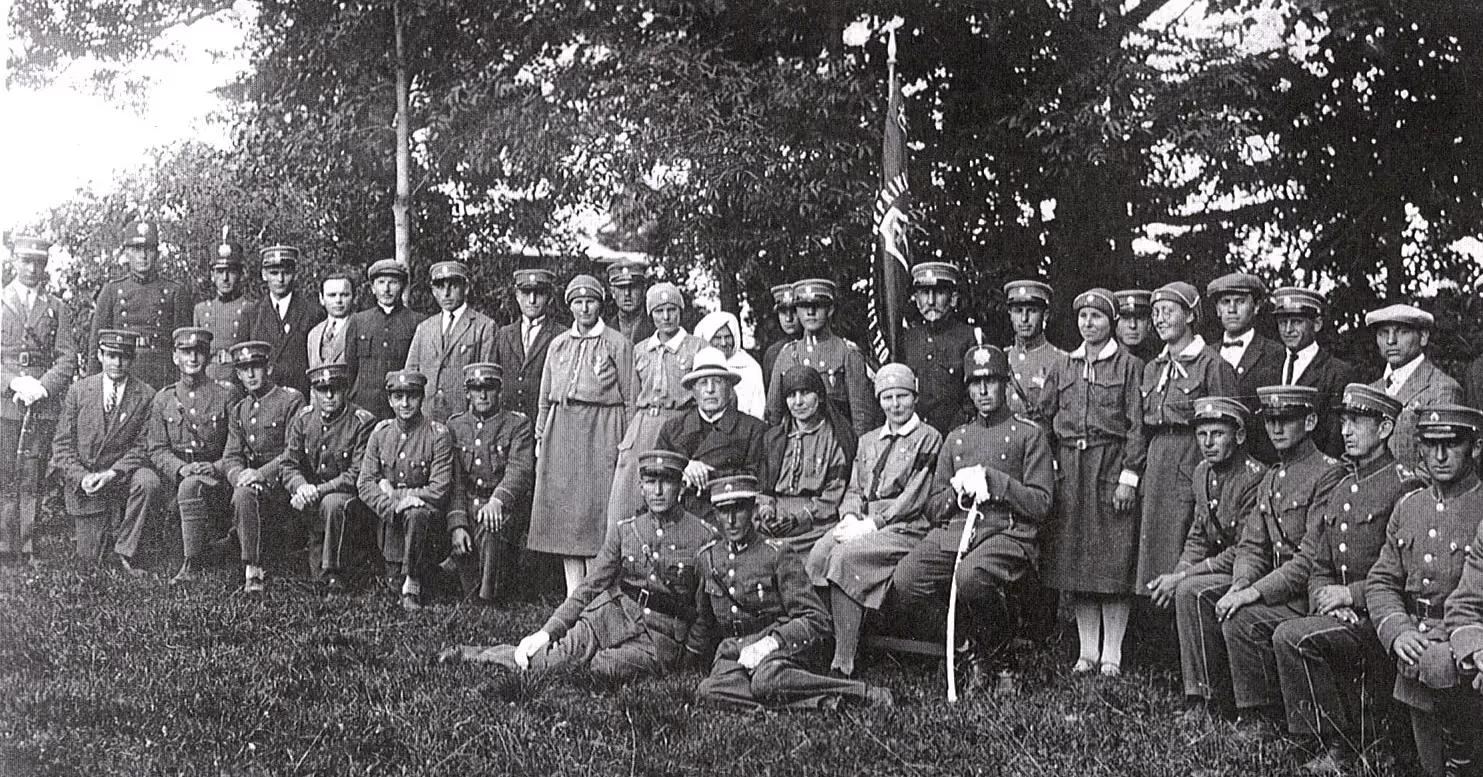
The Lithuanian Riflemen's Union was founded in 1919, in the aftermath of Lithuania’s declaration of independence, as a voluntary civic defense movement. During the interwar period, it became one of the largest and most influential public organizations in Lithuania, uniting tens of thousands of members. Riflemen played a vital role in strengthening the country’s security, civic education, and national identity.
The Lithuanian Riflemen were among the main participants in Lithuania’s War of Independence (1918-1920). They stood on the front lines during the liberation of the Klaipėda Region in 1923.
Although the Riflemen’s Union was dissolved after the Soviet occupation in 1940, its members continued to fight against both — Soviet and Nazi — forces for the restoration of Lithuania’s independence. Many of its members faced persecution, imprisonment, or deportation.
Risking their own lives and those of their families, they saved many Lithuanians from persecution and death. Many were later (often posthumously) honored with the Cross of the Rescuers of the Perishing and recognized as Righteous Among the Nations.
Following the restoration of Lithuanian independence in 1990, the Riflemen's Union was re-established as part of the democratic state.
The Riflemen once again stood on the front lines in defense of Lithuania’s freedom in 1991, during the January 13 events, when three members lost their lives: 17-year-old Riflemen Ignas Šimulionis and Darius Gerbutavičius were killed in Vilnius by the Red Army, and later that year, in May, Gintaras Žagunis fell while protecting Lithuania’s national border.
Since then, the Union has grown into a nationwide civic organization with more than 17,000 members in Lithuania and abroad. Today, it continues its original mission: to provide citizens with a legal and transparent way to contribute to national defense, resilience, and community life — always in close cooperation with the Lithuanian Armed Forces and state institutions.